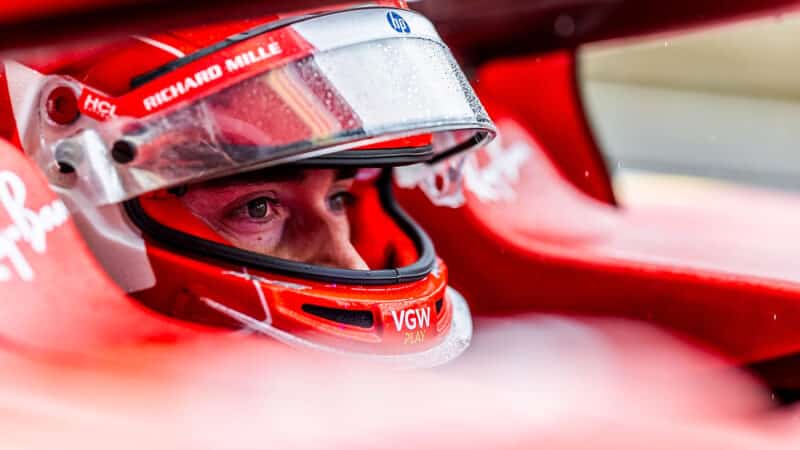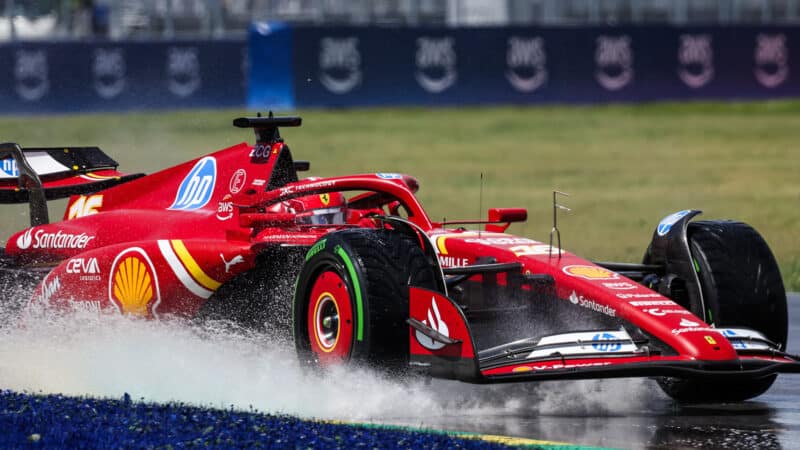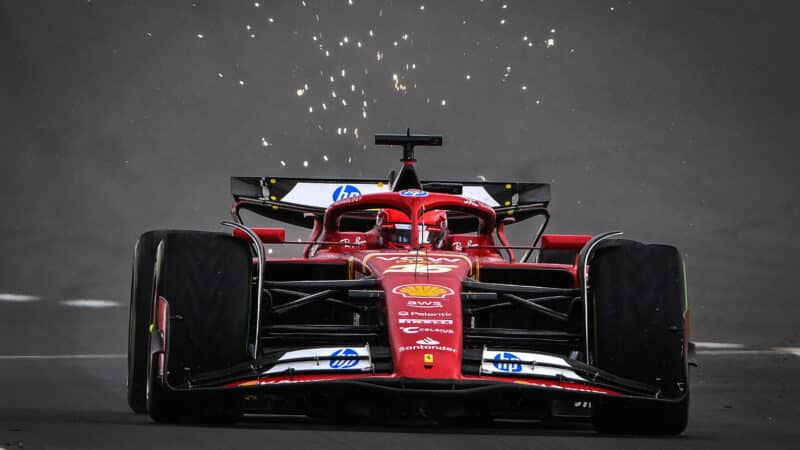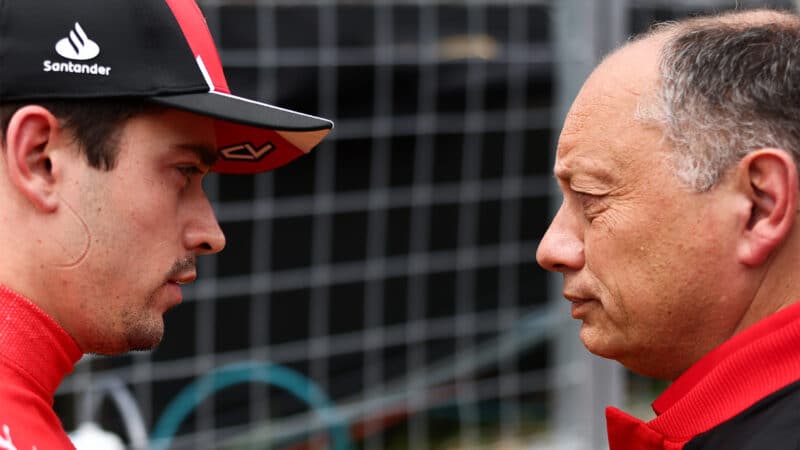“I think one of the assets of the team over last year was to bring some small upgrades. And each time it was paying off. This one, we had an issue, but it’s not because we had an issue once it’s the end of the world.”
The problem is that with the current generation of cars the wind tunnel doesn’t always tell you what will happen when the car hits the track.
“The correlation on the downforce is okay,” Vasseur insisted. “I think it’s still a question mark for everybody [all teams on the grid], that sometimes the bouncing is popping up like this, and it’s quite difficult to have a correlation, because you don’t have the bouncing in the wind tunnel.
“I don’t want to go deep in detail, but we all have metrics. You can anticipate that you will have more bouncing with this part than another one, but to know if it will have a negative impact on the performance, it’s another story.
“We changed the aero parts, and the bouncing appeared in Spain. To fix it you have tons of solutions. You have solutions with compromise on performance. You have solutions without compromise on performance, developing new packages.
“And I think we are there now. We’ll have to deal perhaps with the next race with the current car, and the sooner the better we’ll bring an upgrade with less bouncing.”
At Silverstone the team took a step back in order to take two forward, and with 12 races to go there’s still plenty of time in which to recover ground.
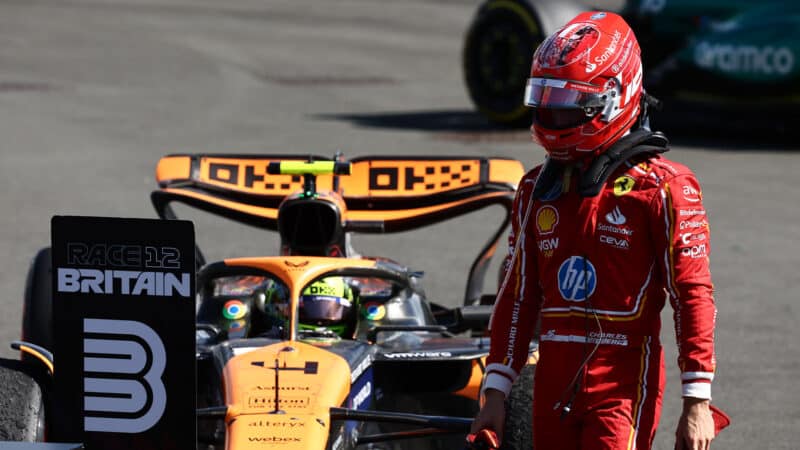
Leclerc walks disconsolately past the podium finishers at Silverstone
Getty Images
“I think we had exactly the same situation last year, almost at the same stage of the season,” said Vasseur. “Silverstone, Budapest, Spa, and we stopped it in Zandvoort to do a complete scan of the situation. And we had a good recovery, because the weeks after, we were there.
“What is tough in this situation is that when you have an issue you don’t have tests, proper tests, I would say, to fix it, or at least to understand it. And it’s quite difficult as a team sometimes to compromise or sacrifice Friday sessions when you know that you are losing a little bit of time during the weekend, and to say, okay, let’s forget about FP1, FP2, we focus on mid-term.
“And trust me, this decision as a team, it’s very difficult. It means that we put ourselves in a tough situation, but this we knew before, and it was even worse with the fact that the Saturday morning [at Silverstone] was with wet tyres.
“That for sure was not helpful. But it is like it is. We assumed the decision before the weekend, and I think it was the right call to do it.”
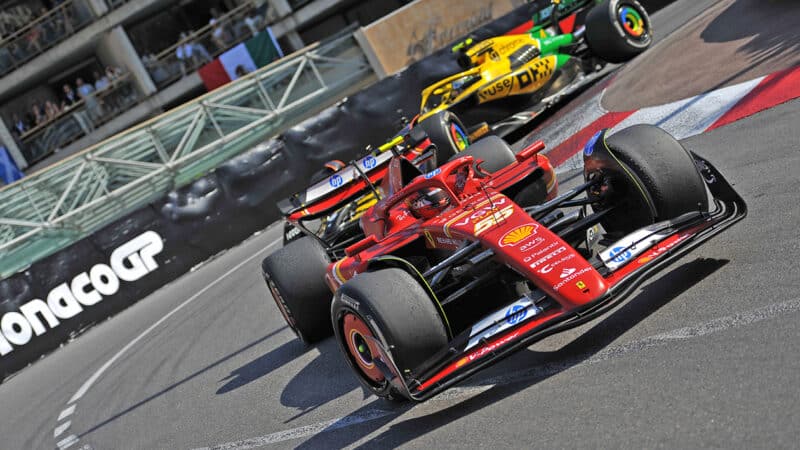
Could ‘slow’ Hungary, similar to Monaco, suit the Scuderia?
Grand Prix Photo
The next race in Hungary is an interesting case, as it’s a slow track with only a couple of quick corners. The newer package may well be quicker over the full lap.
“We will have to have a deep analysis on the weekend,” said Vasseur. “And consider the fact that Silverstone was by far the most aggressive track in terms of bouncing, with very high-speed corners and so on. But we’ll have time to discuss and to decide for Budapest.”
In fact the Frenchman is surprisingly upbeat about what the team gained from the Silverstone experimentation.
